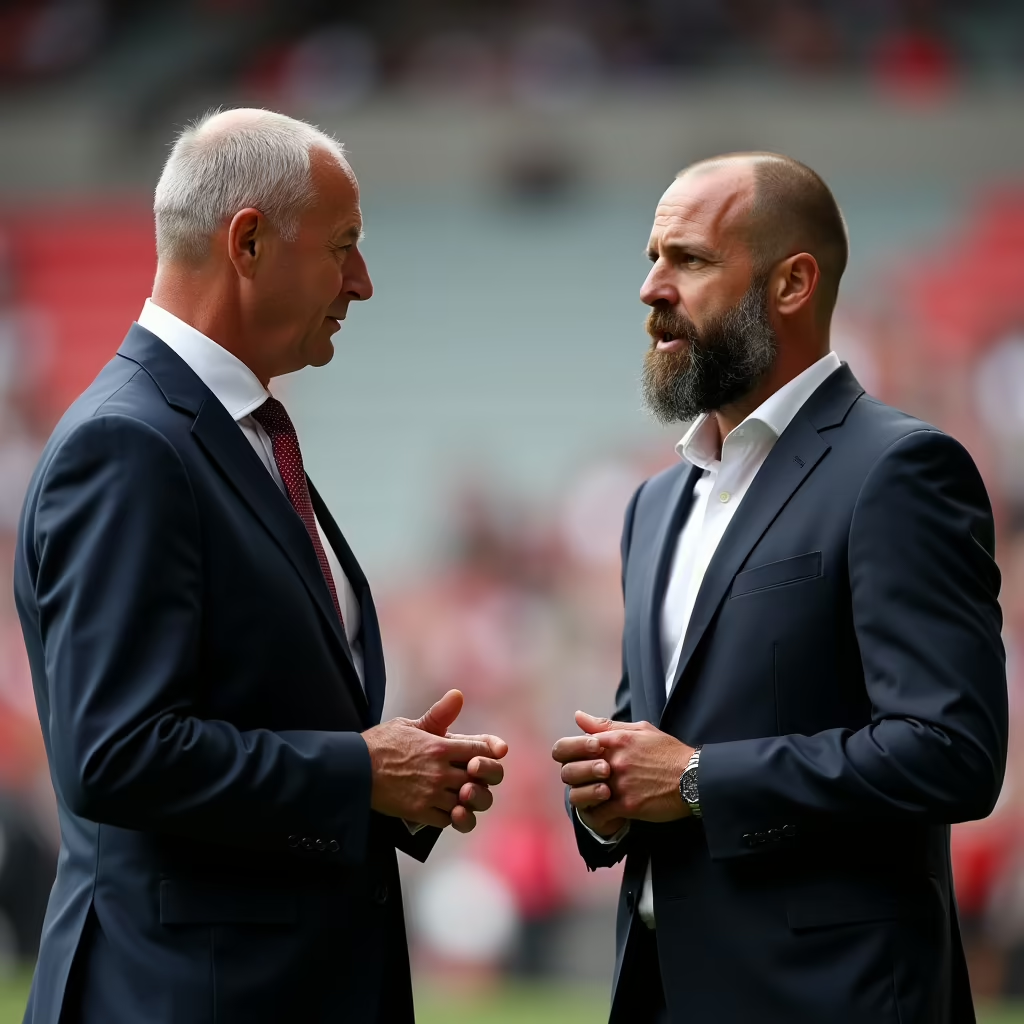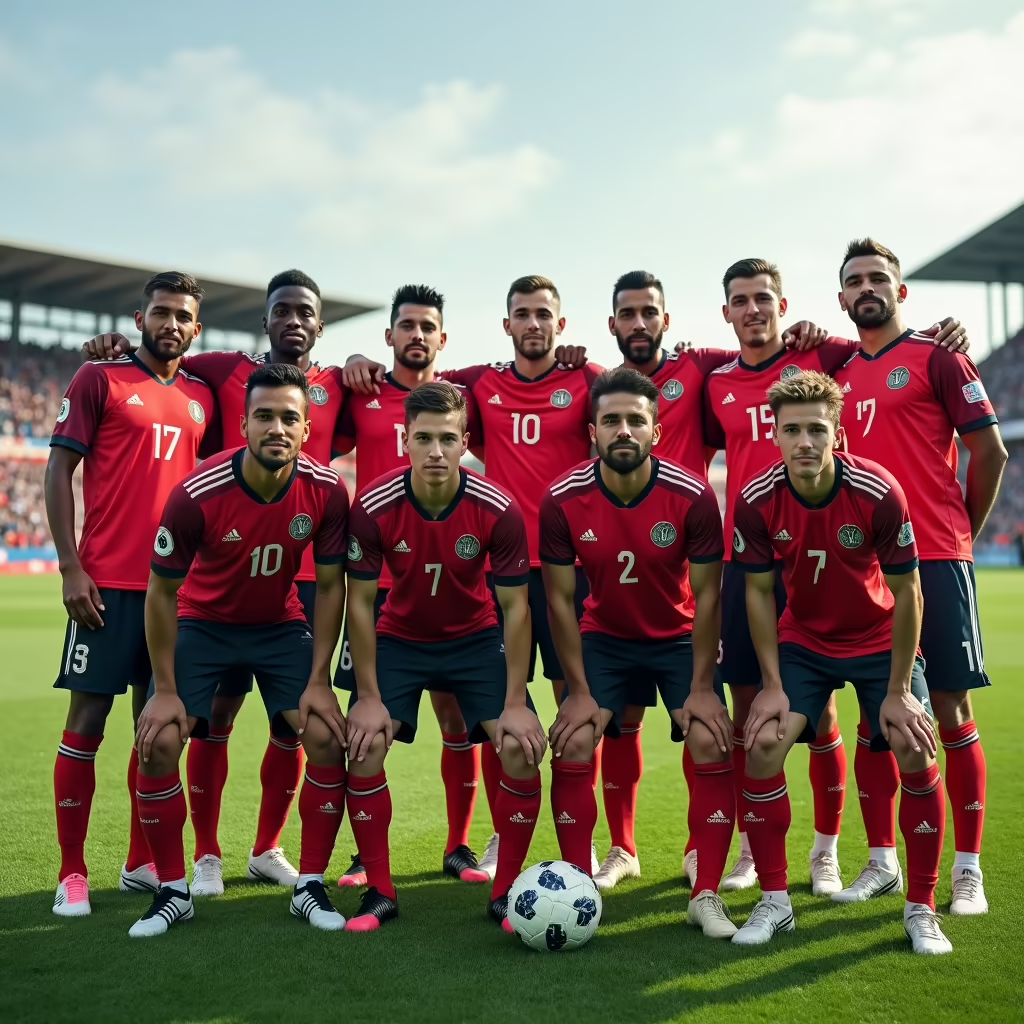Major League Soccer finds itself at a pivotal crossroads, weighing the potential benefits and challenges of transitioning to an international calendar. As the league continues its ascent on the global stage, aligning with the rest of the world’s top competitions could unlock new opportunities, but the path forward is fraught with complexities.

The Global Shift: MLS Weighs Aligning with International Calendar
The winds of change are sweeping through Major League Soccer, as players, coaches, and executives alike contemplate a seismic shift that could redefine the league’s future. At the heart of this debate lies the question of whether MLS should align its season with the international calendar, a move that could unlock a wealth of opportunities but also presents a formidable set of challenges.
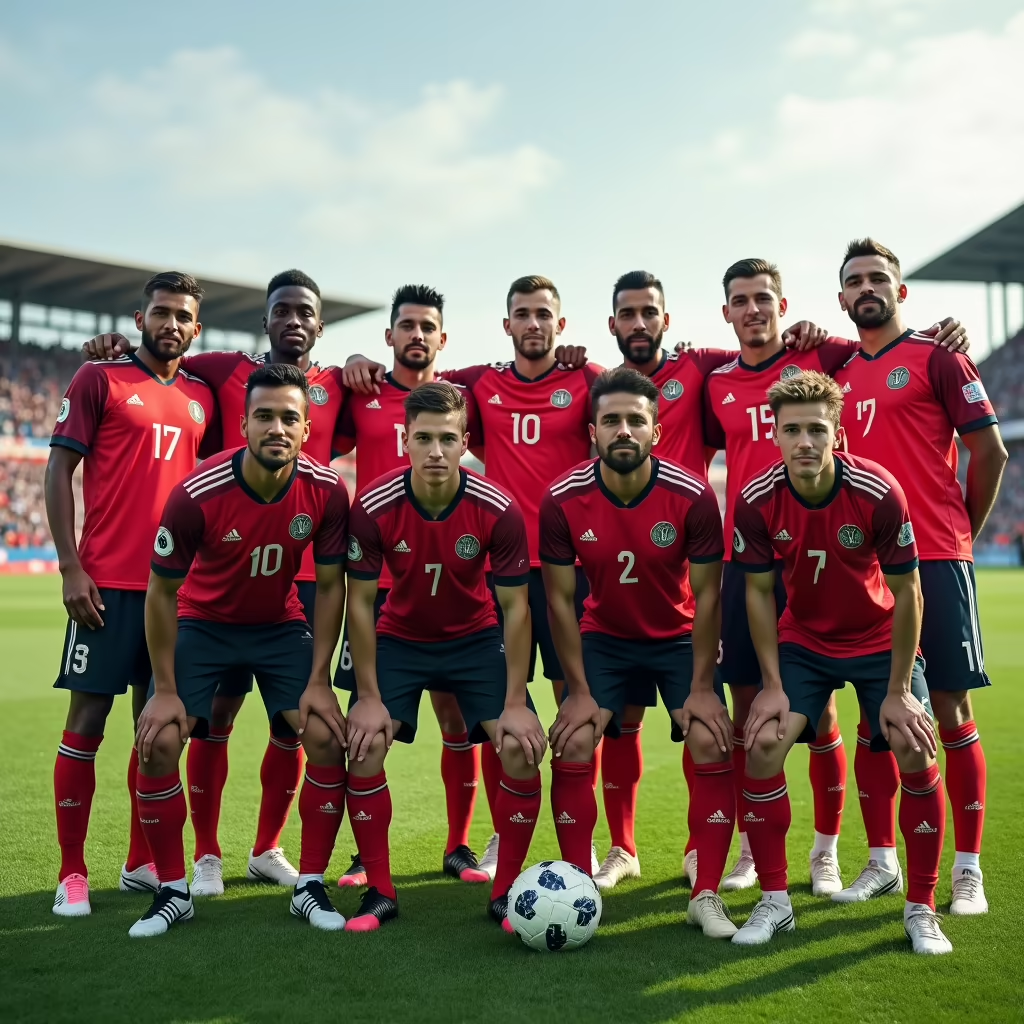
Braving the Elements: Climatic Challenges of a Calendar Transition
One of the most daunting obstacles in adopting an international calendar is the diverse climatic conditions across the United States. While teams in the northern regions like Minnesota and Chicago already grapple with harsh winters, their southern counterparts in Texas and beyond must contend with sweltering summer heat. Last season, a match in Austin was postponed due to excessive temperatures, underscoring the potential impact of a calendar shift. Coaches like Pat Noonan of FC Cincinnati and Brian Schmetzer of Seattle Sounders acknowledge these climatic hurdles but remain optimistic about the potential benefits.

Talent Acquisition and Scheduling Complexities
Beyond the weather, a transition to an international calendar could significantly impact player acquisition and scheduling. Coaches and executives like Noonan and Houston Dynamo general manager Pat Onstad believe aligning with the global calendar would make it easier to attract top talent, as the current January transfer window disrupts other leagues’ seasons. However, the crowded MLS schedule, with competitions like the CONCACAF Champions Cup, Leagues Cup, U.S. Open Cup, and the upcoming Club World Cup in June-July 2025, further complicates the potential transition.
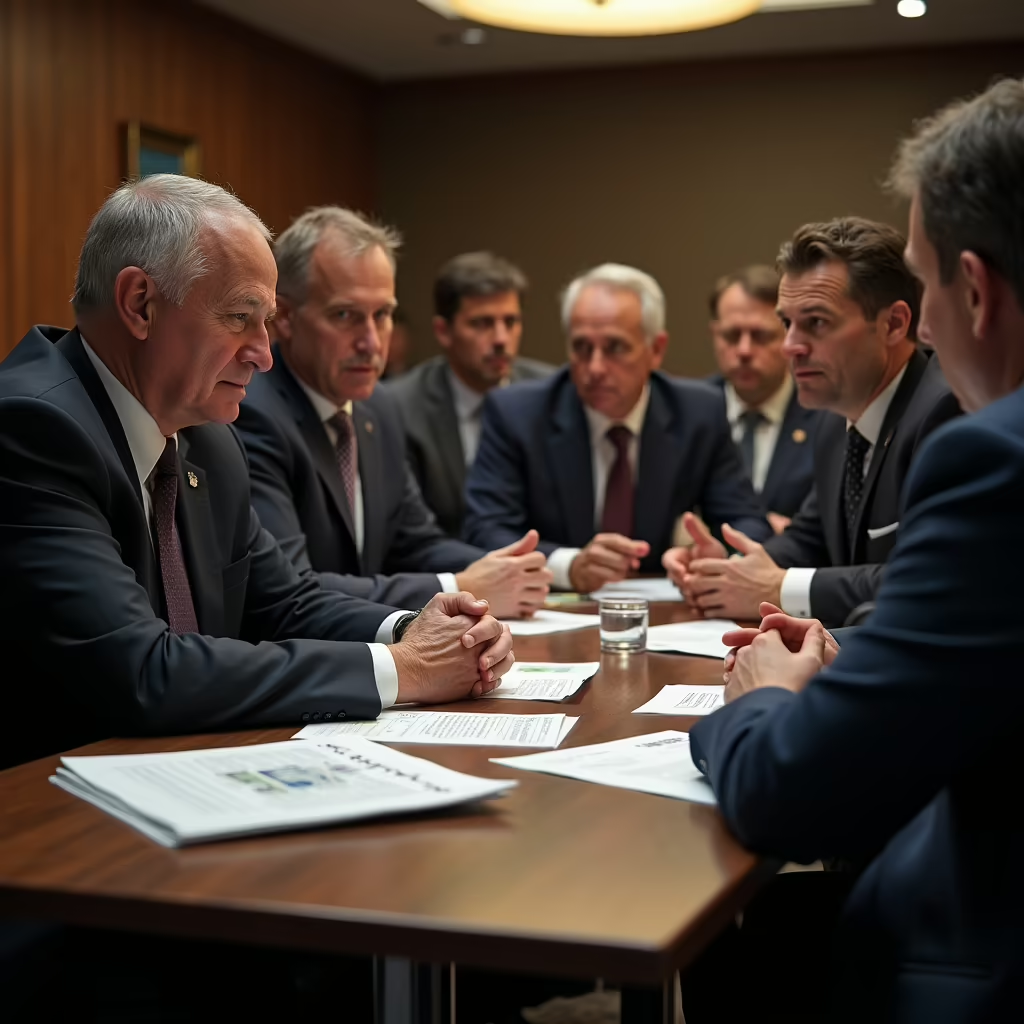
Voices from the Pitch: Coaches and Players Weigh In
As the debate rages on, voices from across the league are weighing in. St. Louis goalkeeper Roman Bürki suggests moving the Leagues Cup to the preseason and providing more time off for players during the summer if the international calendar is not adopted. Players are also frequently called up for national team duty during the summer months, adding another layer of complexity to the scheduling puzzle.
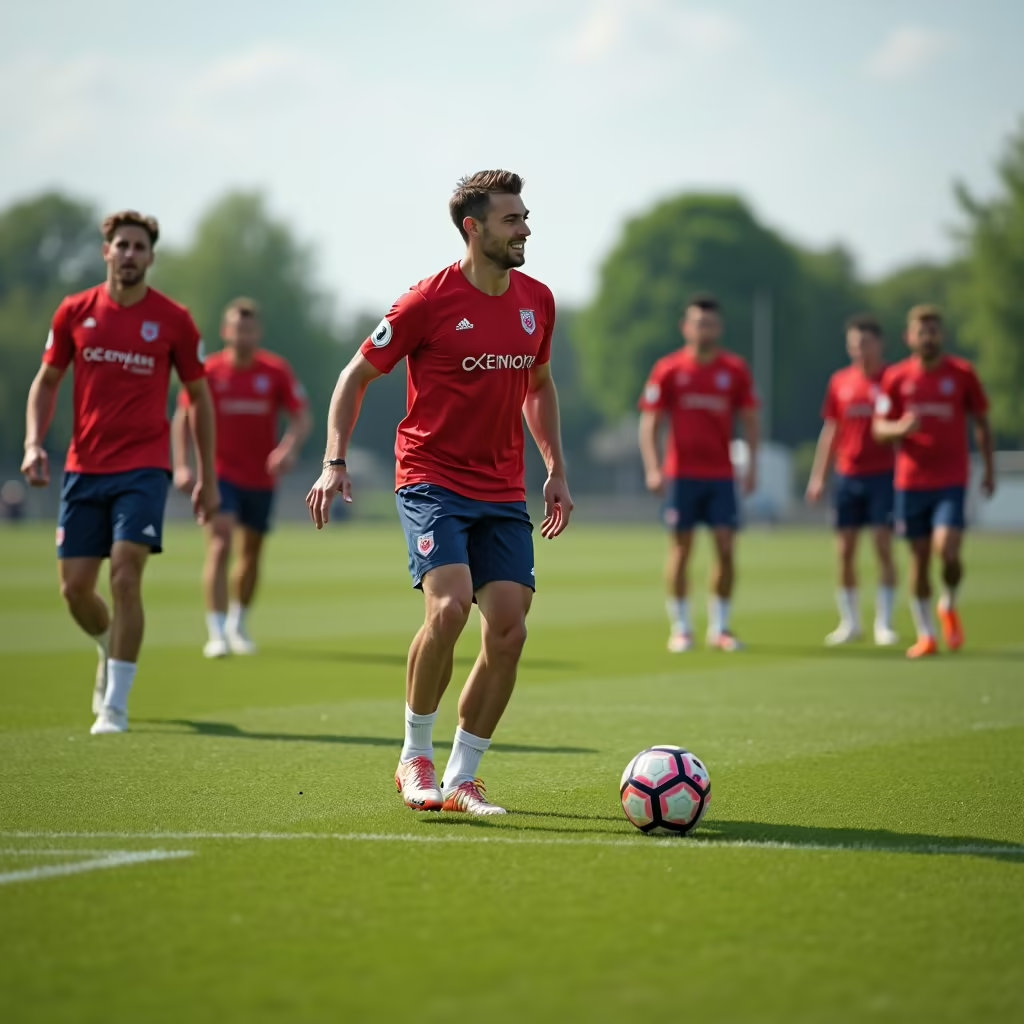
Garber’s Gambit: MLS Considers a Pivotal Transition
Amidst the swirling discussions, MLS Commissioner Don Garber has acknowledged that the league is considering the opportunity to change more than ever before, but emphasized the need for thoughtful planning. A potential shift could come after the 2026 World Cup co-hosted by the United States, Canada, and Mexico, with MLS planning to break for the tournament. Former U.S. national team goalkeeper and current Houston Dynamo investor Tim Howard supports the idea, recognizing the challenges but stating that leagues have pivoted and adapted throughout history. As the debate rages on, one thing is certain: Major League Soccer stands at a crossroads, and the path it chooses will shape its future on the global stage.
